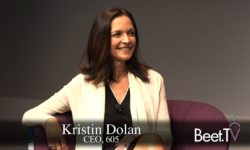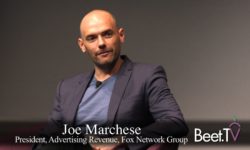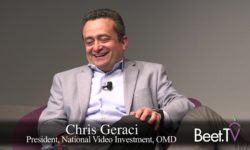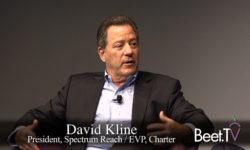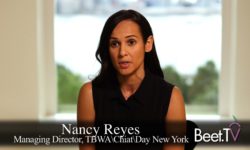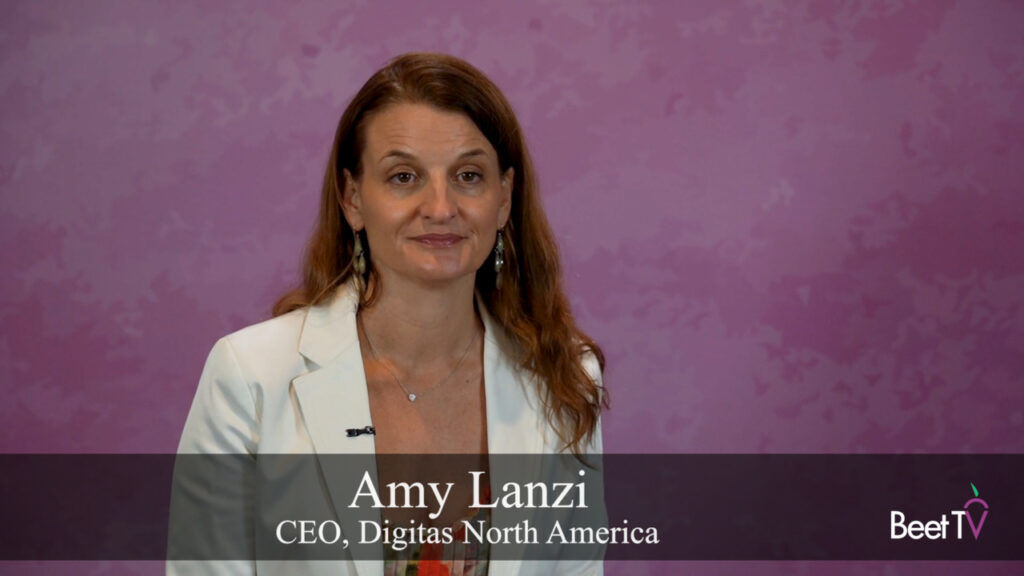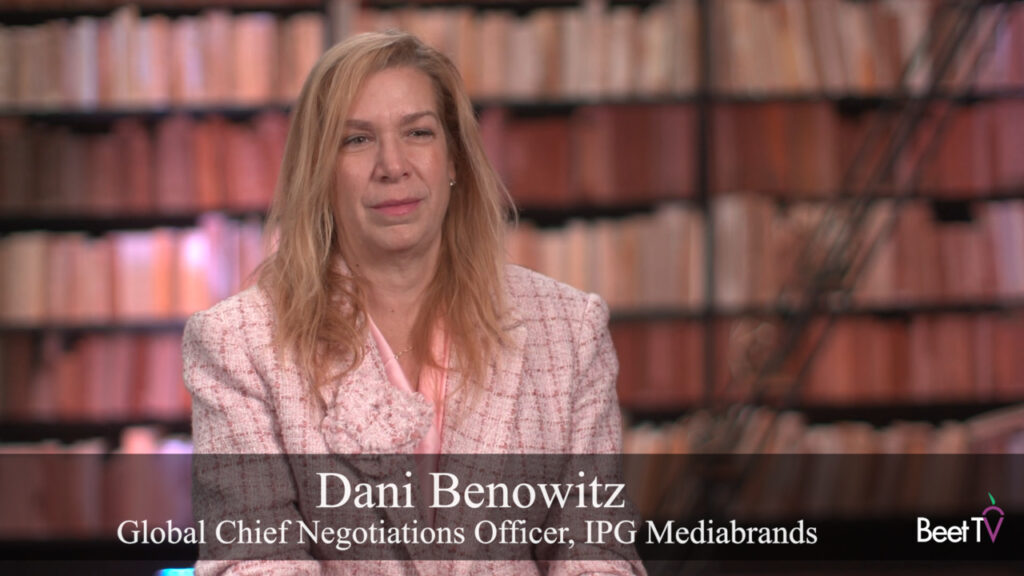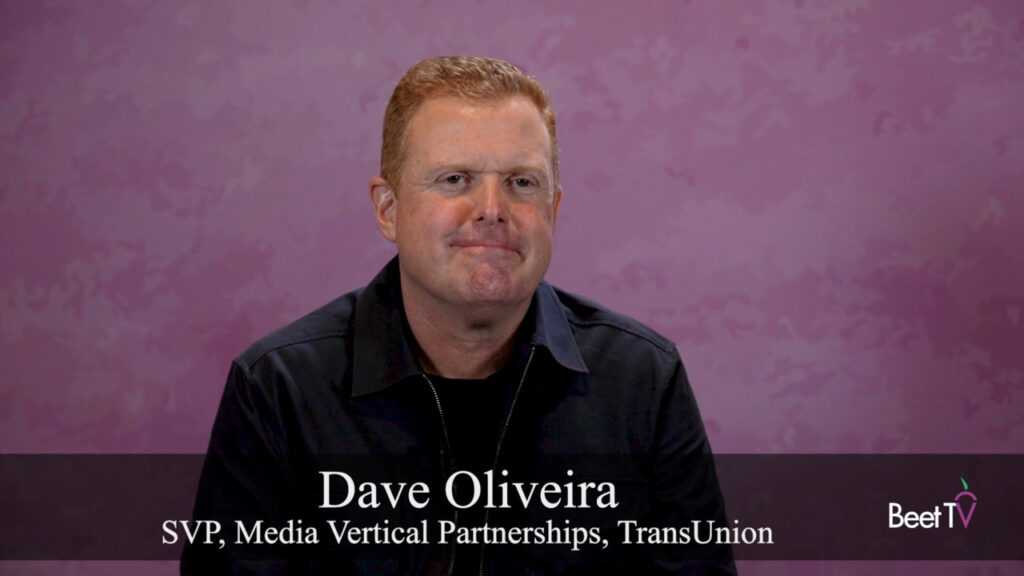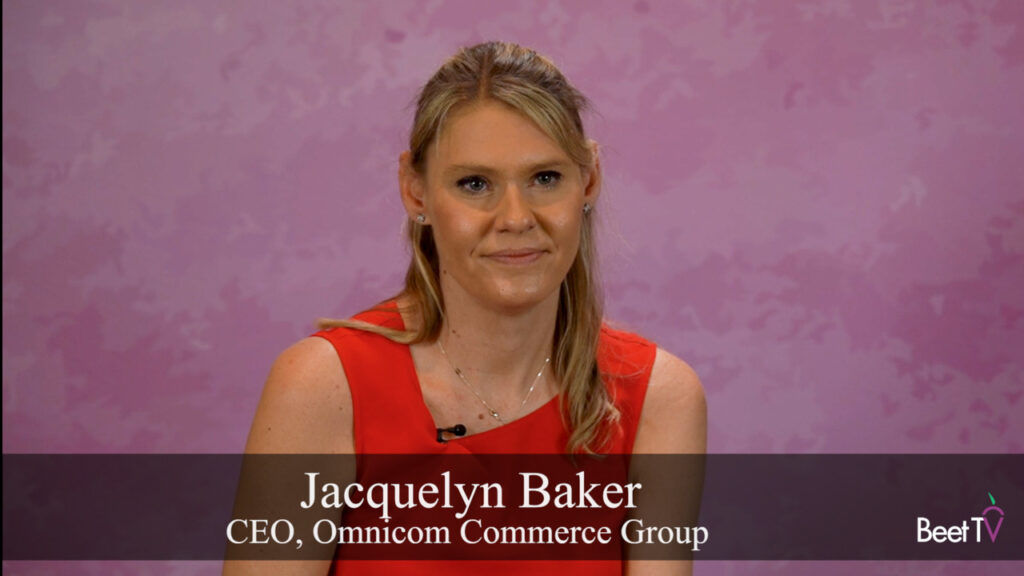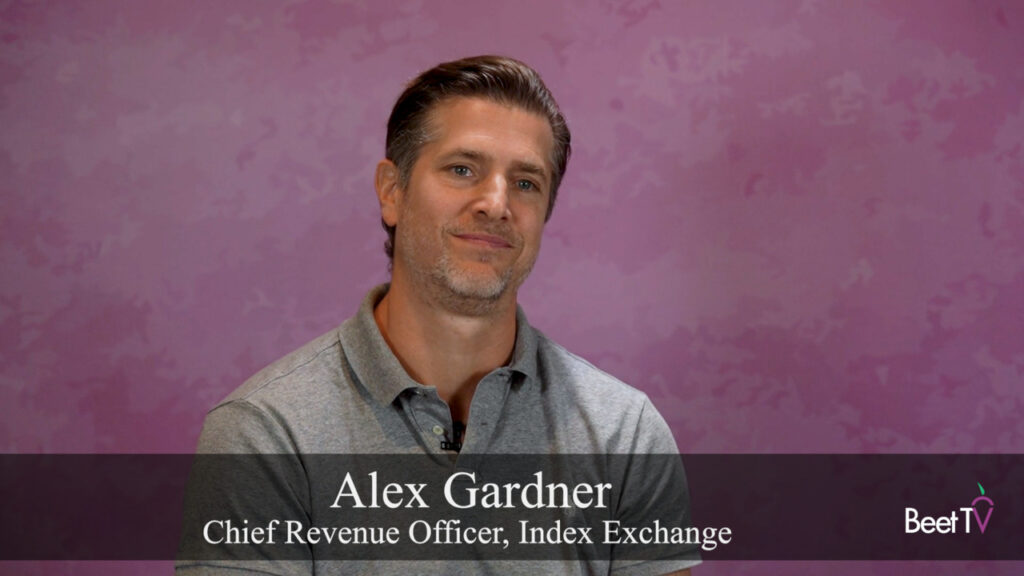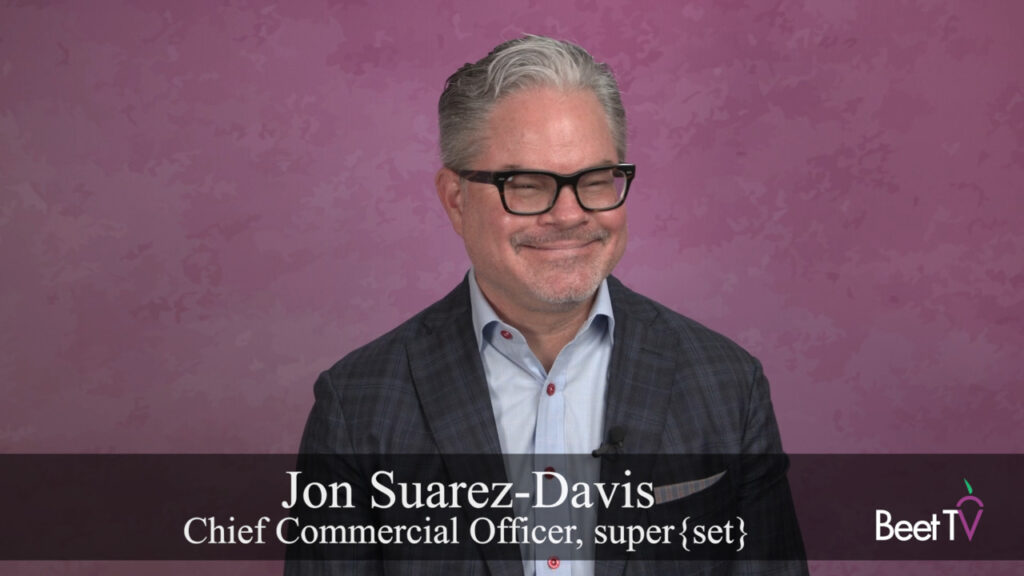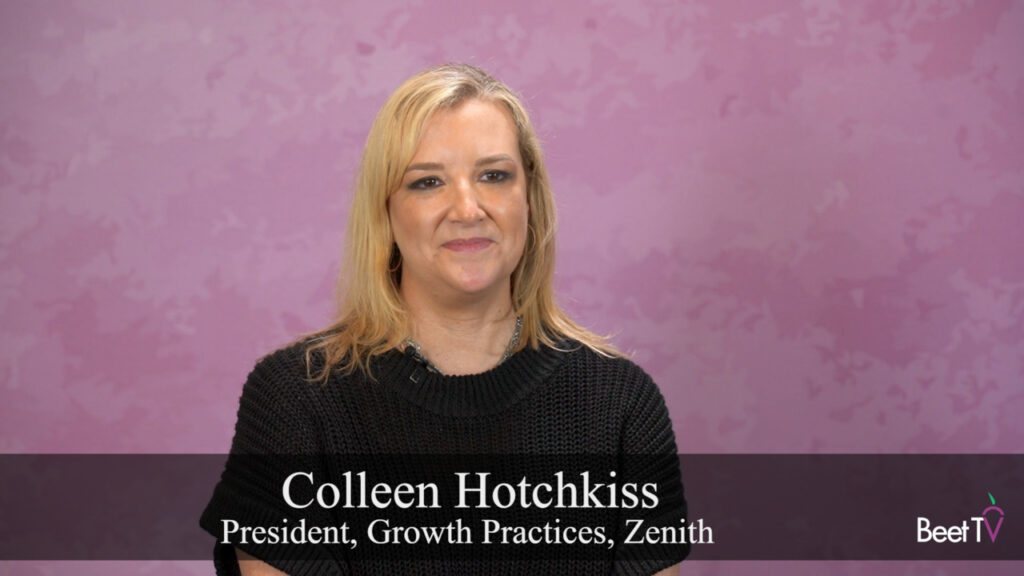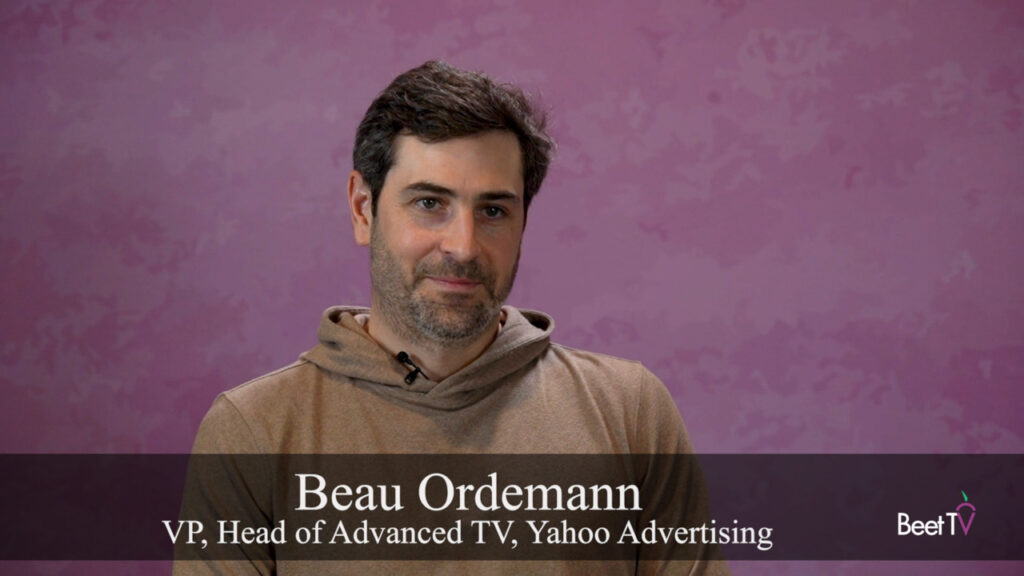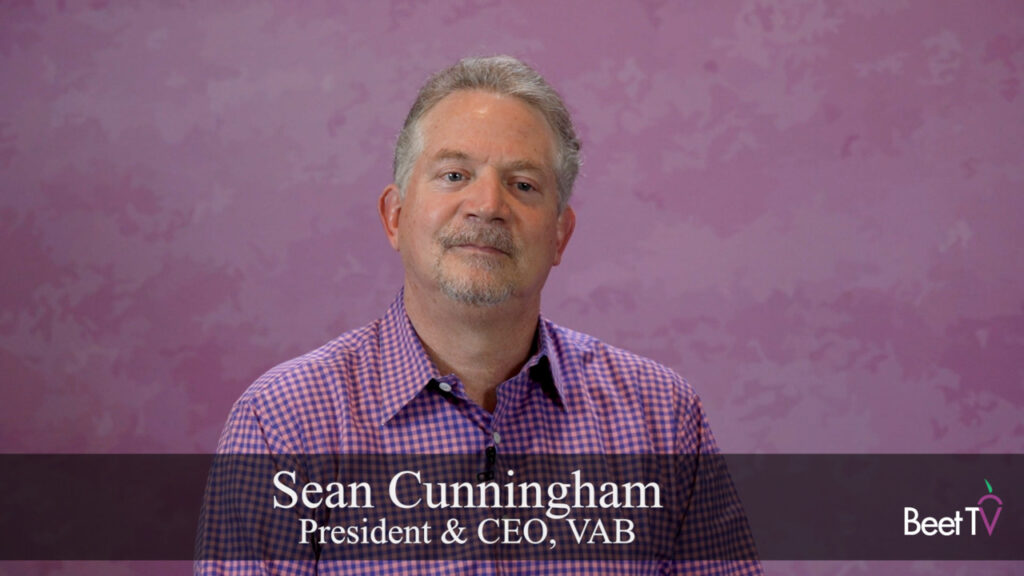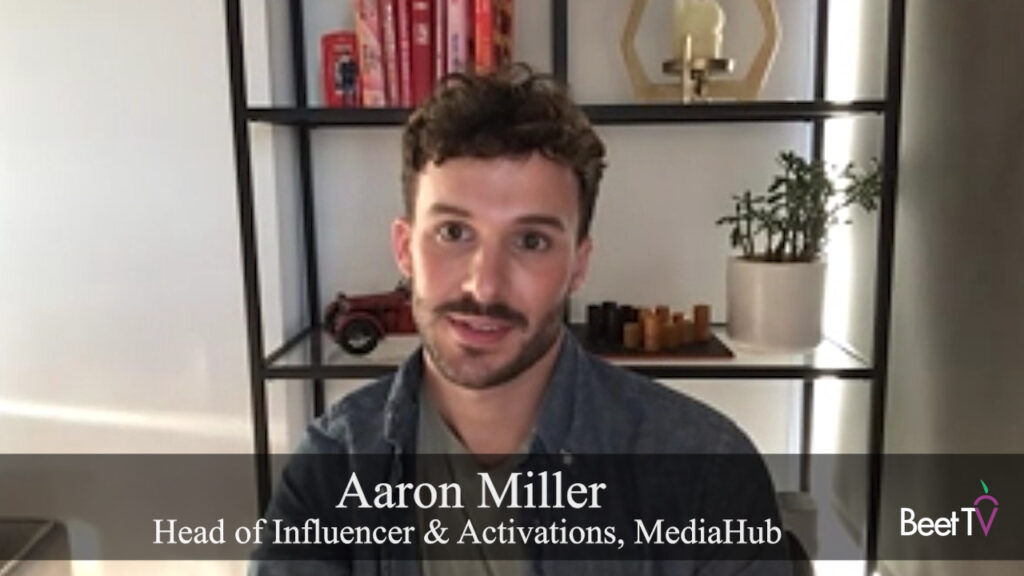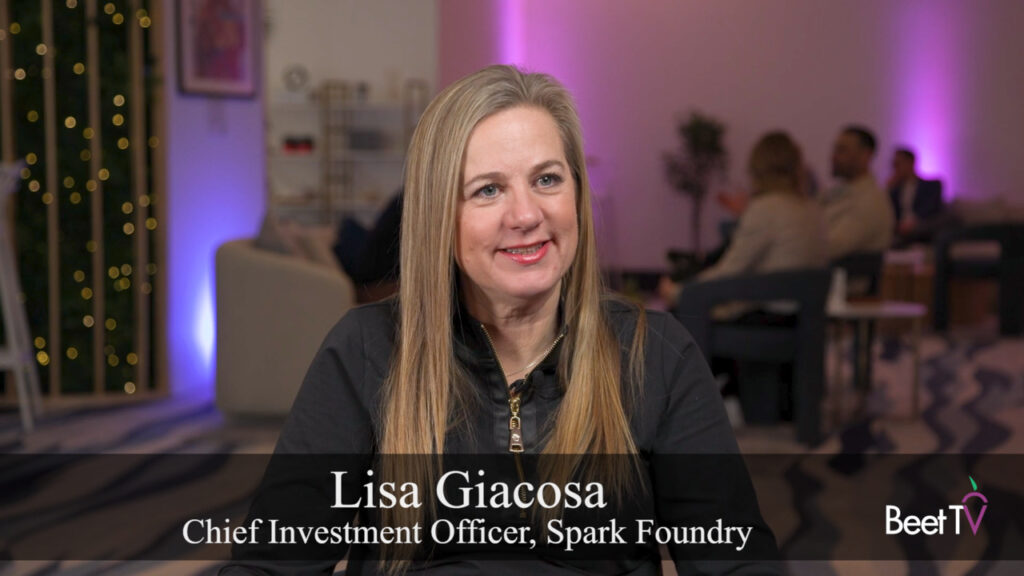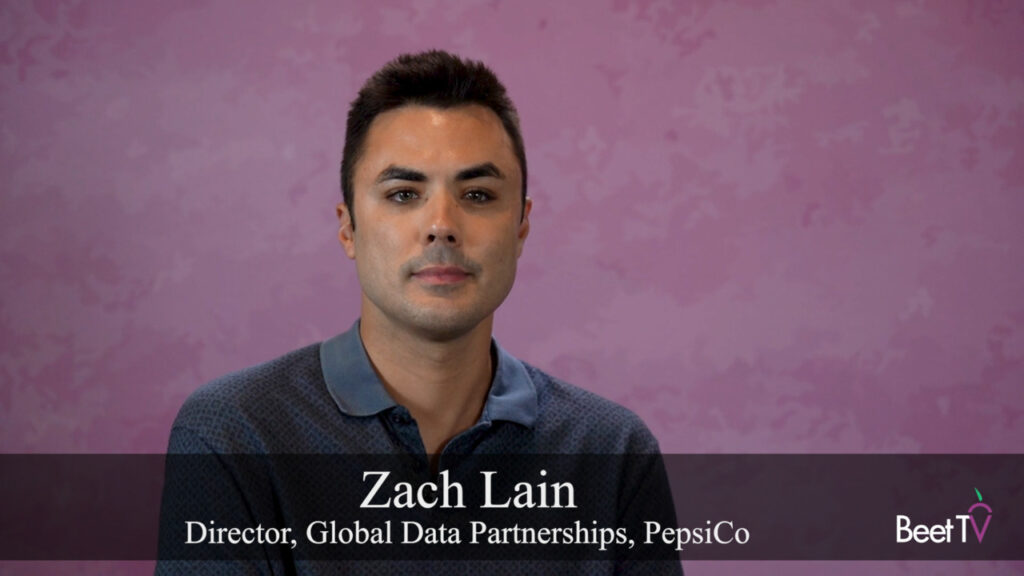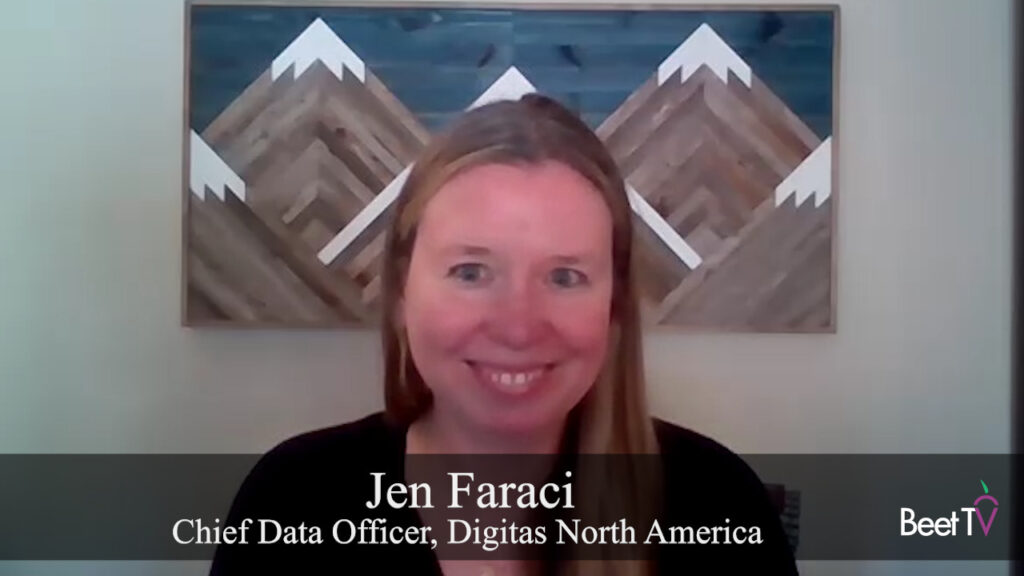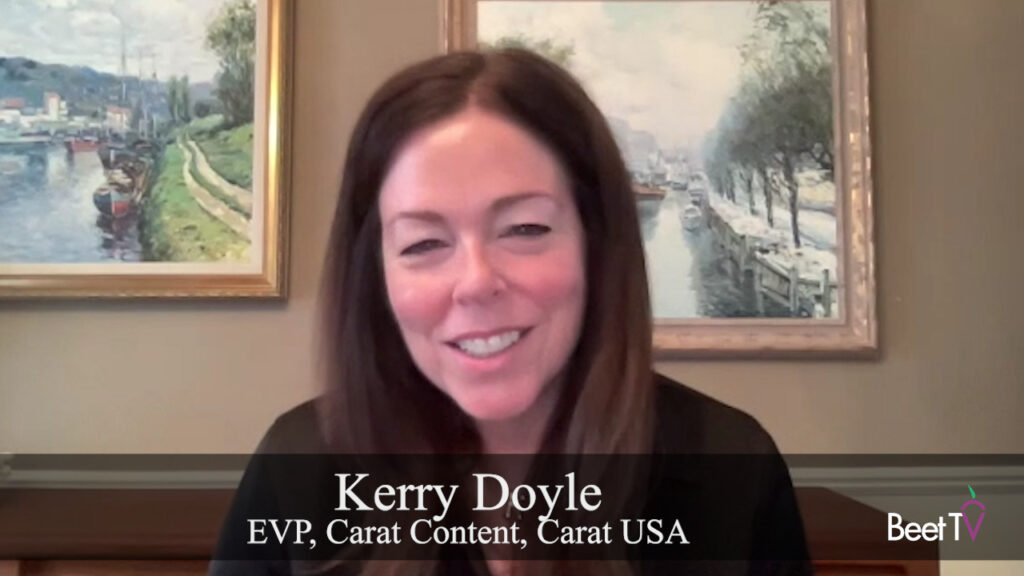In the quest for addressable television with greater scale, brand uptake is accelerating concurrent with the efforts of companies like LiveRamp to educate the marketplace. Automation through software is lagging this uptake, according to Allison Metcalfe, GM of LiveRamp TV.
“People are still pretty confused about what’s possible and how it works,” Metcalfe explains in this interview with Laura Desmond at last week’s Beet Retreat in the City: Television Advances as Consumers Choose.
LiveRamp helps several hundred brands make the best use of their CRM data to implement people-based marketing across more than 500 publishers and digital marketing platforms, “and so there’s a natural extension in talking about television as well,” says Metcalfe.
In March, LiveRamp extended its IdentityLink platform to the TV space. Its Connect Select solution is designed to empower MVPD’s on the sell-side.
Educating LiveRamp’s brand clients has sparked a “tremendous movement on their behalf. I think we’ve got 40 brands that had never been in addressable TV working with us and executing campaigns in the last two quarters alone,” says Metcalfe.
Desmond was one of the early pioneers of addressable TV while at Starcom, beginning with a trial in Huntsville in 2005 with Charter and Comcast followed by more trials in 2009 and 2012.
“We actually were the mover that put DirecTV into the addressable business,” Desmond recalls. “In all four of those use cases, what we saw was a tremendous business case. Zapping was down by 33 percent, engagement increased anywhere between ten to forty percent. Yet the dollars aren’t flowing.”
Says Metcalfe, “There’s overwhelming evidence this works.” She notes that MVPD’s and companies like one2one Media “talk about how the majority of their business is repeat business. They have such high retention rates because once you try it, you see how well it works you come back.”
Underlying hurdles to adoption include brand procurement people not understanding why a CPM for an addressable campaign may be higher even though the effective CPM can be lower. Using a hypothetical household CPM of $25 for a non-addressable campaign, Desmond says, “It’s a good buy, it’s targeted but it comes with waste.” And while reducing waste can mean a higher effective CPM, “People have a hard time wrapping their arms around that.”
In a recent earnings call, LiveRamp CEO Scott Howe CEO said the company’s addressable TV unit is growing at a rate of 70 percent this year. What are the drivers of the growth?
“The activation of the buy side, I just can’t underplay that enough,” responds Metcalfe.
Another priority at LiveRamp is bringing TV-specific identifiers into its identity graph.
“Currently, our graph is PII based and email and mobile ID and device ID. We need to get to a point where we have IP to household that scales as well as the Roku ID or the Hulu ID or the Chrome stick ID. To really unlock those connected-TV cases to empower the networks to have a better understanding of true viewership of their content as well as the advertisers,” says Metcalfe.
This video was produced at the Beet Retreat in City & Town Hall on June 6, 2018 in New York City. The event and video series are presented by LiveRamp, TiVo, true[X] and 605. For more videos from the series, please visit this page.








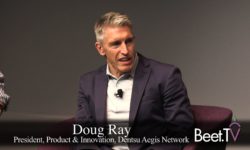


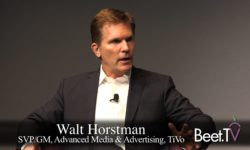
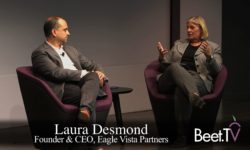
![true[X]’s Midha Revels In Vogue For Lower Ad Load](https://www.beet.tv/wp-content/uploads/2018/06/thumbnail-55-250x150.jpg)
